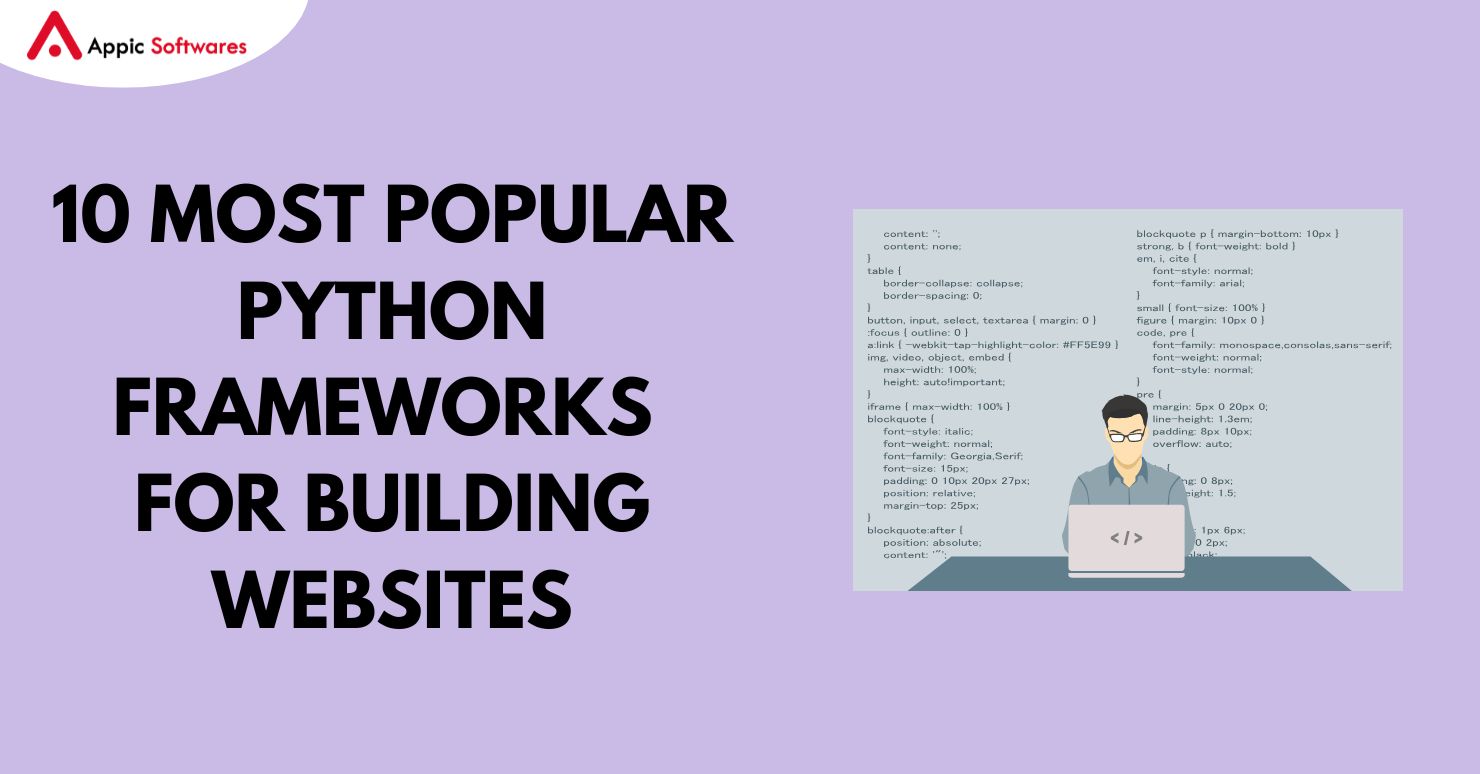
A real estate app is a software program that allows people to search and view properties for sale or purchase on desktop, mobile, or web-based platforms. It is intended for use by individuals, companies, investors, and realtors.
Naturally, features like an address search, picture view, floor plans, and other crucial information about the property and the neighborhood are included in real estate app development.
In the past, purchasing or selling real estate required individuals and business investors to depend on the availability and resources of a real estate agent.
The sole responsibility for leasing, buying, or selling properties and attracting potential clients fell on the real estate agent.
Since the advent of digitalization, these practices have undergone a dramatic transformation as every industry is reorienting itself toward the moving, future.
Property market players noticed that slow-moving industries like real estate were shifting to mobile platforms.

People are now trying to bridge the gap between supply and demand. This demand has, in effect, increased the real estate industry and everyone associated with it, including a well-known real estate mobile application development company. This raises a special query: What is the development cost of a real estate app?
How Much Does It Usually Cost To Develop A Real Estate App?
A feature-rich real estate app can be made for anywhere between $83,000 and $100,000 on average.
But other variables, such as app complexity, UI/UX design, the size of the development team, and the location of the development company, may also affect this price.
A real estate app with a few basic features can be created by a mobile app development company for less money than one with all of the suggested features. The minimum viable product (MVP) for this type of app is estimated to cost $9000 to develop.
Factors Influencing the Price of Developing Real Estate Applications
Numerous factors influence the cost of developing a real estate application, and to ensure the project’s success, it is essential to take into account each one during the planning phase. Developing organizations should collaborate with clients to comprehend their needs and financial constraints to produce a high-caliber app that satisfies them.
The process of developing a real estate app is complex and involves several variables that affect development costs. The following are a few important variables that have an impact on real estate app development costs:
(Web, Android, iOS, and Other Platforms)
The cost of development is heavily influenced by the app development platform. For instance, developing an app for iOS requires a specific programming language and strict guidelines that must be followed for the development process to be successful, making it more expensive than developing for Android devices.
UI and Design
The user interface and design of a real estate application play a crucial role in determining the development cost. An application will take longer to develop the more intricate its layout and design are. Although it takes more effort and testing, a well-designed structure and user interface can help draw in and keep users.
Qualities And Capabilities
The most expensive real estate app is determined by how many complex features and functionalities are required. It is mandatory to have features like property listing, search, and user profile management. AI-integrated chatbots, however, can raise the price with extra features like interactive floor plans and virtual property tours.
Integrations with Third Parties
Developing a real estate application may become more expensive if it integrates with social media networks, payment gateways, Google Maps, and other platforms. Additional effort and testing are required for Third-Party integration to ensure app stability and compatibility.
Backend development and infrastructure
Another important factor influencing the cost of developing a real estate application is the infrastructure and backend development needed to support the application. Higher overall costs may result from the combined cost of servers, hosting, and other crucial infrastructure components required for information management and archiving.
Testing and Quality Assurance
Two essential phases in the development process that ensure the stability of the app are quality assurance and testing. Before the launch phase, this project development phase also makes sure the app is bug-free. The complexity of the application and the testing procedures will determine the overall cost of quality assurance and testing.
Cost Valuation For Real Estate Development
Before starting the project’s development phase, it is crucial to have a clear understanding of the costs associated with a real estate application, as they can be highly expensive.
The amount of money and time required to develop this application are directly correlated.
The cost valuation for the creation of real estate apps is broken down in full below:
| Factors Affecting Real Estate App Development Cost | Cost Range | Time Estimation |
| Platform (iOS) | $25,000 – $100,000 | 4-9 months |
| Platform (Android) | $20,000 – $90,000 | 3-6 months |
| Design and UI (Basic) | $3,000 – $10,000 | 1-2 months |
| Design and UI (Complex) | $10,000 – $50,000 | 2-4 months |
| Features & Functionalities (Basic) | $10,000 – $30,000 | 2-4 months |
| Features & Functionalities (Advanced) | $15,000 – $60,000 | 4-6 months |
| Third-Party Integrations | $5,000 – $20,000 | 1-2 months |
| Infrastructure and Backend Development | $5,000 – $30,000 | 2-4 months |
| Quality Assurance and Testing | $5,000 – $20,000 | 1-2 months |
Note: The time estimates and cost ranges listed above are merely approximations derived from a standard development cycle and may vary based on project needs and requirements as well as the team’s productivity and speed.
Estimating The Average Cost To Develop A Real Estate Application
A real estate application’s overall development cost can vary greatly depending on several factors, including features, design layout, and functional requirements.
The average development cost of a real estate app (not an MVP) is $83,000 to $100,000. It is imperative to acknowledge that this is merely an approximate figure, and the final cost may vary based on the particular demands of the project.
A breakdown of the various factors influencing the ultimate cost is part of the process of estimating the cost of real estate application developments. Businesses and individual realtors can estimate the cost of developing a real estate app and adjust their budgets by considering these factors.
Tips To Reduce Real Estate App Development Costs
Although developing a real estate app can be expensive, there are several strategies to keep development costs down.
Some of the best ways to lower the cost of developing a real estate application are to prioritize features and functionalities, choose the right development team, utilize open-source technologies and frameworks, plan for updates, and scale.
The following advice will assist you in lowering this app’s costs:
| S.No | Key Point | Details |
| 1 | Prioritize features and functionalities | Identify the core features that the app should have to meet the target audience’s needs. Avoid including non-essential elements. Consider which features are necessary to make the app competitive in the market |
| 2 | Choose the right development team | Find a skilled and experienced development team with a track record of developing high-quality real estate apps. Consider outsourcing to a team in a country with lower development costs |
| 3 | Use open-source technologies and frameworks | To cut costs, make use of open-source frameworks and technologies like Flutter, Ionic, and React Native. |
| 4 | Plan for future updates and scaling | Plan for future growth and scalability. Build the app with a flexible architecture that can be easily updated and scaled in the future to avoid costly redesigns and updates |
Give features and functionalities top priority.
Setting up the features and functionalities of a real estate application in order of importance is one of the best ways to cut development costs. To satisfy the needs of the intended audience, it is essential to determine and select the essential features that an app should have. The application should incorporate necessary features like property search, property listing, and user profile management.
To create an app that is competitive in the market, it is also critical to think about which features are important. Refrain from including features that are superfluous to the functionality of the app as this will raise the development costs considerably.
Select the Appropriate Development Group
Reducing the app’s development costs requires a strong development team. It is crucial to appoint a development team that is both highly skilled and experienced and has a proven track record of creating real estate applications. A knowledgeable and experienced team can quickly complete all of the development procedures, cutting down on the amount of time and money needed to create the application.
Another option is to contract out the development process to a different team in a foreign nation where the cost of development will be lower. This is a fantastic method for cutting the price of creating a real estate app.
Open-Source Frameworks and Technologies
By utilizing open-source technologies and frameworks, you can drastically lower the cost of development. Since open-source frameworks and technologies are freely accessible, they are an affordable substitute for proprietary software.
A variety of open-source technologies and frameworks, including Flutter, Ionic, Xamarin, and React Native, are at one’s disposal for creating real estate applications. These platforms and frameworks are perfect for developing real estate apps because they provide a wide range of features and functionalities.
Organizing Updating and Scaling for the Future?
The cost of developing real estate applications can be decreased by budgeting for upgrades and scalability. Knowing the app’s potential for growth and ensuring that the development process is scalable is essential for future updates and growth opportunities.
Developers can avoid costly redesigns and updates that can add a significant amount to development costs by planning for future updates and scaling. It’s also crucial to create apps with adaptable architecture that can be easily scaled and updated in the future.
Conclusion
Planning and optimizing spending requires an understanding of the variables affecting real estate app development costs in 2024. Our guide offers insightful advice and practical tactics to help ensure that your app is successful and meets the changing needs of users in the digital age.
Moreover, if you are looking for a Real estate development company that can help you create a future-proof solution then you should check out Appic Softwares. We have an experienced team of Proptech developers who have created several real estate solutions like RoccaBox.
So, what are you waiting for?








